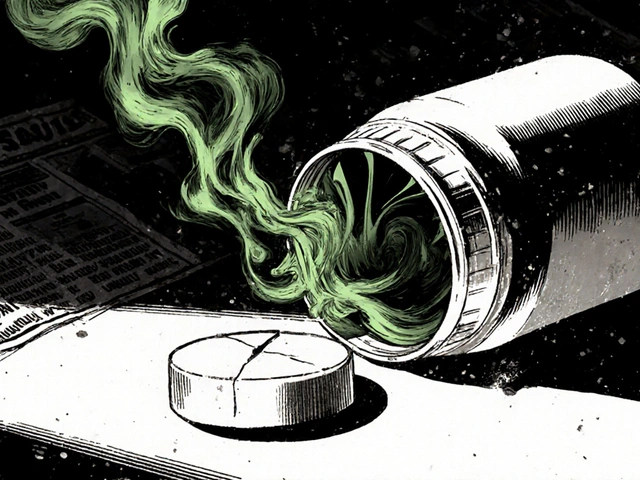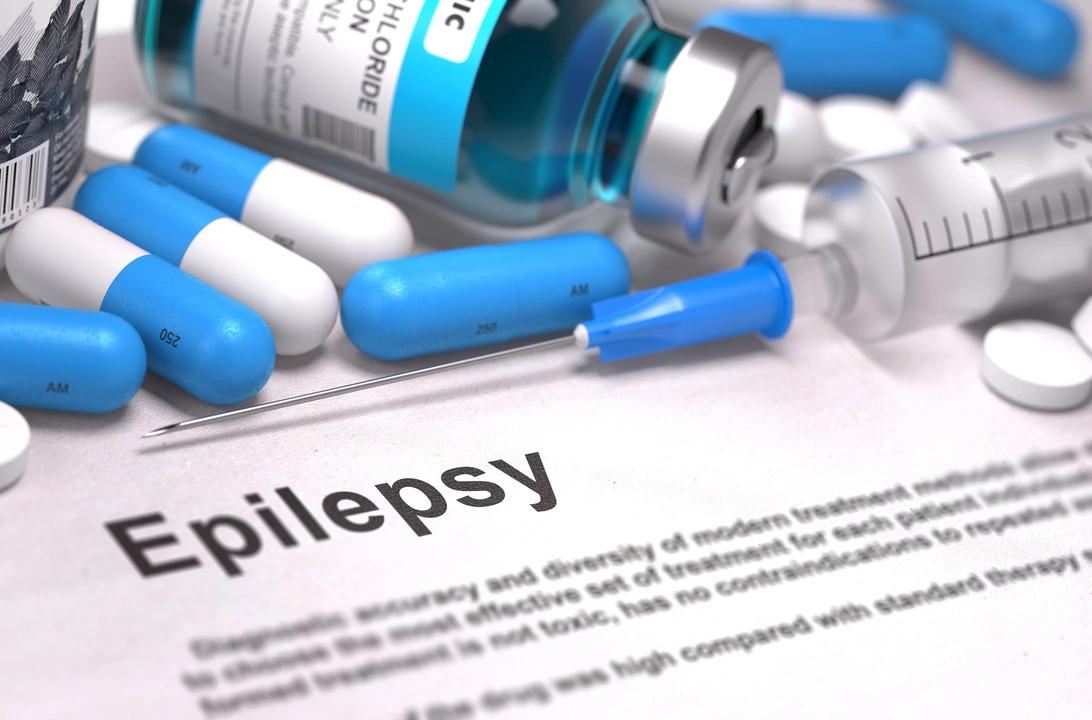Prostatitis: What Every Man Needs to Know
If you’ve felt a dull ache in your lower belly or a burning urge when you pee, you might be dealing with prostatitis. It’s the medical name for inflammation of the prostate gland – a tiny organ that helps produce semen. The good news? Most cases are treatable and many men bounce back quickly once they get the right help.
Common signs you shouldn’t ignore
Prostatitis shows up in different ways, but these symptoms pop up most often:
- Pain or pressure in the pelvic area, lower back, or between the hips.
- A frequent need to urinate, especially at night.
- Burning or painful urination.
- Discomfort during or after ejaculation.
- Occasional fever or chills if an infection is involved.
If any of these sound familiar and last more than a few days, schedule a check‑up. Early detection makes treatment smoother and cuts down on flare‑ups later.
Why does prostatitis happen?
There isn’t one single cause – it can be bacterial or non‑bacterial. Bacterial prostatitis often follows a urinary tract infection, while chronic non‑bacterial types may stem from stress, pelvic muscle tension, or minor injuries. Lifestyle factors like heavy drinking, cycling for long hours, or not staying hydrated can irritate the prostate too.
Knowing the root helps your doctor pick the right therapy. For bacterial cases, antibiotics are the go‑to. Non‑bacterial forms usually need a mix of anti‑inflammatories, physical therapy, and lifestyle tweaks.
Practical steps to feel better now
While you’re waiting for an appointment, try these simple moves:
- Stay hydrated. Aim for 8‑10 glasses of water a day to flush bacteria out.
- Warm compresses. A warm sitz bath for 15 minutes can ease pelvic tension.
- Avoid irritants. Cut back on caffeine, alcohol, and spicy foods that may aggravate the bladder.
- Gentle exercise. Light stretching or walking keeps blood flowing without over‑working the prostate.
- Watch your posture. Sitting too long on hard surfaces can press on the gland; use a cushion if you sit for hours.
If pain is sharp or fever spikes, seek medical care right away – those signs could point to an acute bacterial infection that needs prompt antibiotics.
What treatment looks like
Doctors usually start with a clear diagnosis: urine tests, prostate fluid analysis, and sometimes imaging. Treatment plans differ:
- Antibiotics: Usually a two‑week course for acute infections; chronic bacterial prostatitis may need longer.
- Anti‑inflammatory meds: Ibuprofen or naproxen can cut swelling and pain.
- Alpha‑blockers: These relax prostate muscles, easing urinary flow.
- Physical therapy: Targeted pelvic floor exercises reduce muscle tension that fuels chronic cases.
- Lifestyle changes: Regular moderate exercise, balanced diet, and stress management improve long‑term outcomes.
Follow‑up appointments are key. Many men see symptom relief after a few weeks, but some need adjustments based on how they respond.
When to talk to a specialist
If symptoms linger past three months, flare up repeatedly, or you notice new issues like blood in urine, it’s time to see a urologist. They can run deeper tests and explore advanced options such as prostatitis‑focused physiotherapy or, in rare cases, surgical intervention.
Remember, prostatitis is common – roughly one in six men will experience it at some point. It’s nothing to be embarrassed about, and with the right steps you can get back to feeling normal fast.
Got more questions? Viamedic’s drug database has up‑to‑date info on antibiotics, pain relievers, and supplements that can support prostate health. Use our tools to compare prices, check safety warnings, and make informed choices about any medication you consider.
The Use of Minocycline in Treating Prostatitis
As a blogger, I recently came across a fascinating topic - the use of minocycline in treating prostatitis. Prostatitis, an inflammation of the prostate gland, can cause significant discomfort and pain in men. In my research, I discovered that minocycline, an antibiotic, can be an effective treatment for this condition. Not only does minocycline help eliminate the cause of infection, but it also reduces inflammation, providing relief for those suffering from prostatitis. It's amazing to see how medical advancements are continually improving the lives of individuals experiencing various health issues.
About
Health and Medicine
Latest Posts


Holistic Healing Benefits for Chromosome-Positive Lymphoblastic Leukemia
By Orion Kingsworth Oct 3, 2025

Dapagliflozin: FAQ, Guide, and Expert Answers for Diabetes and Heart Health
By Orion Kingsworth May 9, 2025

The Relationship Between Bisoprolol Fumarate and Anxiety
By Orion Kingsworth Apr 27, 2023

